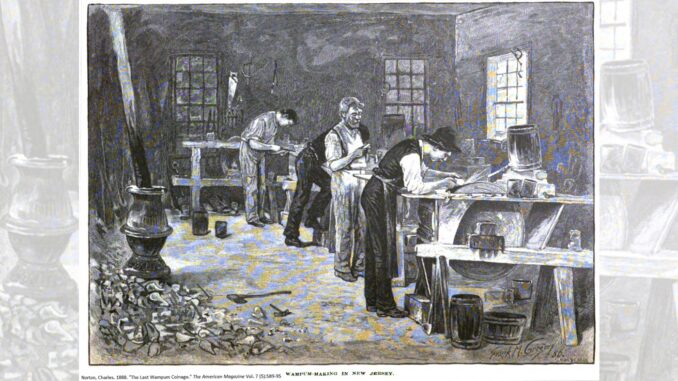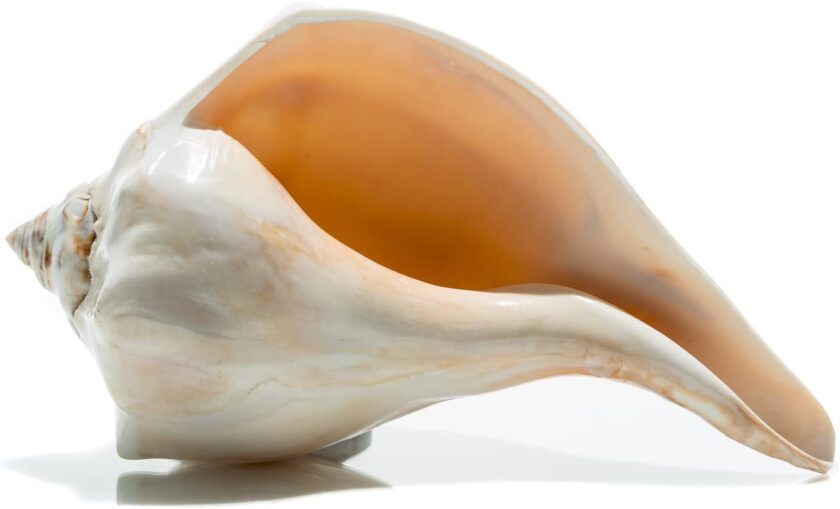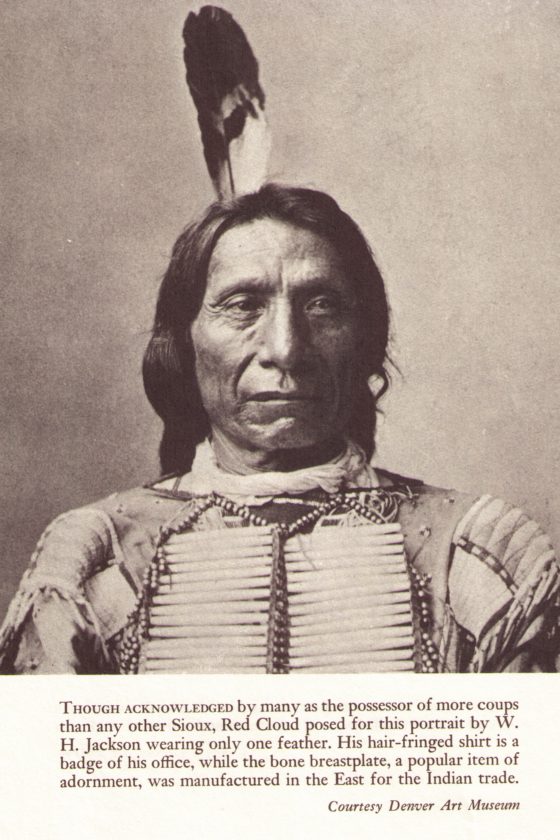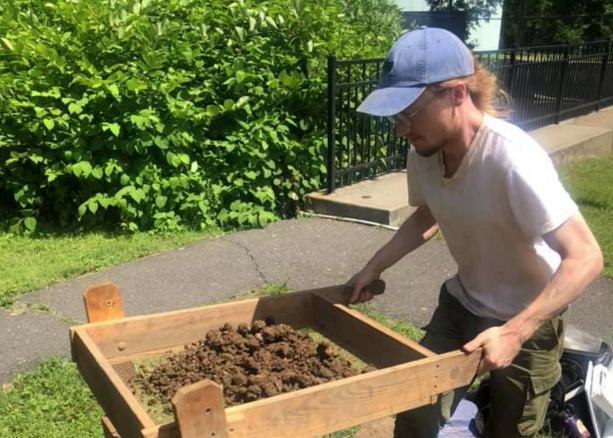
PARK RIDGE—When the old Campbell wampum mill was photographed at the start of the 20th century, it was already a relic of days gone by in the Pascack Valley.
The mill, which stood on the Pascack Brook in Park Ridge, was out of use by that time. Today it’s gone, and we know what it looked like only through photos like the ones in this page, which come from the collection of the Pascack Historical Society.
The story of wampum in the Pascack Valley begins when John W. Campbell (1747–1826) of Closter moved with his wife Letitia Van Valen to a farm they purchased on Kinderkamack Road North in Montvale, close to the New York State border. He, like many farmers of his day, found a second job during the winter months. He made wampum—beads carved from shells, which the Indians out west used for gifts and personal adornment.
Indians had traded among themselves with wampum prior to the arrival of European settlers, but creating it—by manually hollowing out pieces of shell—was a slow task. Dutch settlers joined in the production of wampum as a means of trading with the Indians.
By the mid-19th century the production of wampum was among the more important industries in Bergen County, and the Campbell family was at the forefront. John W. Campbell is credited with inventing the shell “hair pipe” wampum made from Caribbean queen conch shells that came as ballast on trade ships heading for New York City. These tubular beads can be seen in early photographs on the breastplates of Indian warriors.

The shell hair pipes put the Campbells on the map. Lewis and Clark bought and took Campbell hair pipes on their famous westward expedition in 1804. In this way, the work of early Pascack settlers more than 200 years ago helped open up the American West.
In 1808, John W.’s son Abraham Campbell (1782–1847) moved to Main Street (Pascack Road) in Park Ridge, where he opened a blacksmith shop and wampum bead business. Abraham’s sons John, James, David, and Abraham Jr. eventually became partners and built a new mill on the Pascack Brook near the bottom of Wampum Road.
In the mid-1800s the Campbells revolutionized wampum production by inventing a hydraulic drilling machine that streamlined the production process. The hand-made wooden machine enabled multiple hair pipes to be drilled at one time, uniformly, and with minimal breakage.
More than one drilling machine existed, but today the only remaining example is in the Pascack Historical Society’s John C. Storms Museum, 19 Ridge Ave., Park Ridge. The Smithsonian Museum in Washington, D.C. has asked to acquire the machine for its collection, but for the time being it will stay where it was invented—right here in Park Ridge, N.J.
The Campbells did not sell their hair pipes directly to the Indians. Rather, they sold them wholesale to New York merchants, such as John Jacob Astor, who resold them to firms of Indian traders in the United States and Canada and to the U.S. government.

By the end of the century the Campbells were out of the wampum trade. The mill was vacant and deteriorating.
An 1891 article from the Passaic Daily Herald explains that while the Campbells had given up the wampum business, “the old mill house is pointed out as one of the places of particular interest to travelers and summer residents of the historic Pascack Valley.”
In 1906, The New York Times reported that Alonzo Campbell (son of Abraham Jr.) had “offered a reward for the arrest of any person caught despoiling the old wampum mill…which he desires to preserve as a landmark.”
The Times added, “Curio collectors have pillaged it to such an extent recently that Mr. Campbell fears it will all be carried away.
Today the wampum-making industry that existed locally is a cornerstone of the Pascack Historical Society’s museum, where one can find information about the Campbell family and their mill, early wampum-making tools, and even the Campbell family’s business ledgers.
As the repository for all things wampum in the Pascack Valley, the museum, housed in an 1873 former Congregational Church, has been sought out by scholars from across the world. One of these was Eric Johnson, who in 2018 was a Ph.D. candidate with the Department of Anthropology at Harvard University. PHS volunteers opened the museum and its archives to him as he conducted research for his doctoral dissertation.

His paper concerns wampum production and its role in economic interdependence between production and consumption 1750–1900.
Dr. Johnson, now a postdoctoral fellow at Brown University, will visit the Pascack Historical Society on Sunday, Feb. 19 at 2 p.m. to share the findings from his research, with special focus on an archaeological dig he conducted locally. He will discuss how analysis of merchant ledger manuscripts housed at the Pascack Historical Society reveal the microeconomy of wampum making, and archaeological collections suggest an unexpected darker side to the industry.
All are welcome to attend this very special presentation at no cost—although donations are gratefully accepted to support your local museum, which relies on fund-raising to keep its doors open.
Although reservations are not required, seating is limited. Either before or after the program, guests are encouraged to view the museum’s exhibit on the local wampum industry. Filled with wampum-making tools, examples of the beads, documents, and photographs, the exhibit will help bring Dr. Johnson’s presentation to life.
The Pascack Historical Society is at 19 Ridge Ave., Park Ridge. For more information, visit pascackhistoricalsociety.org or find the Pascack Historical Society on Facebook.
— Kristin Beuscher is president of Pascack Historical Society
